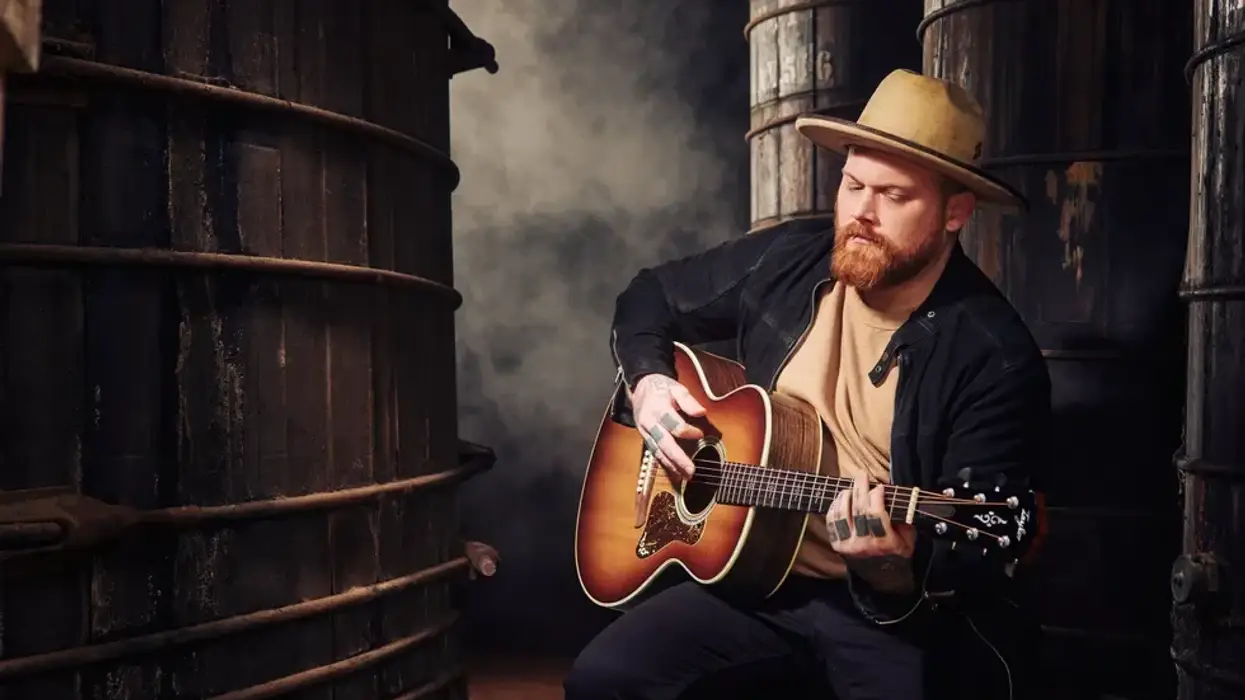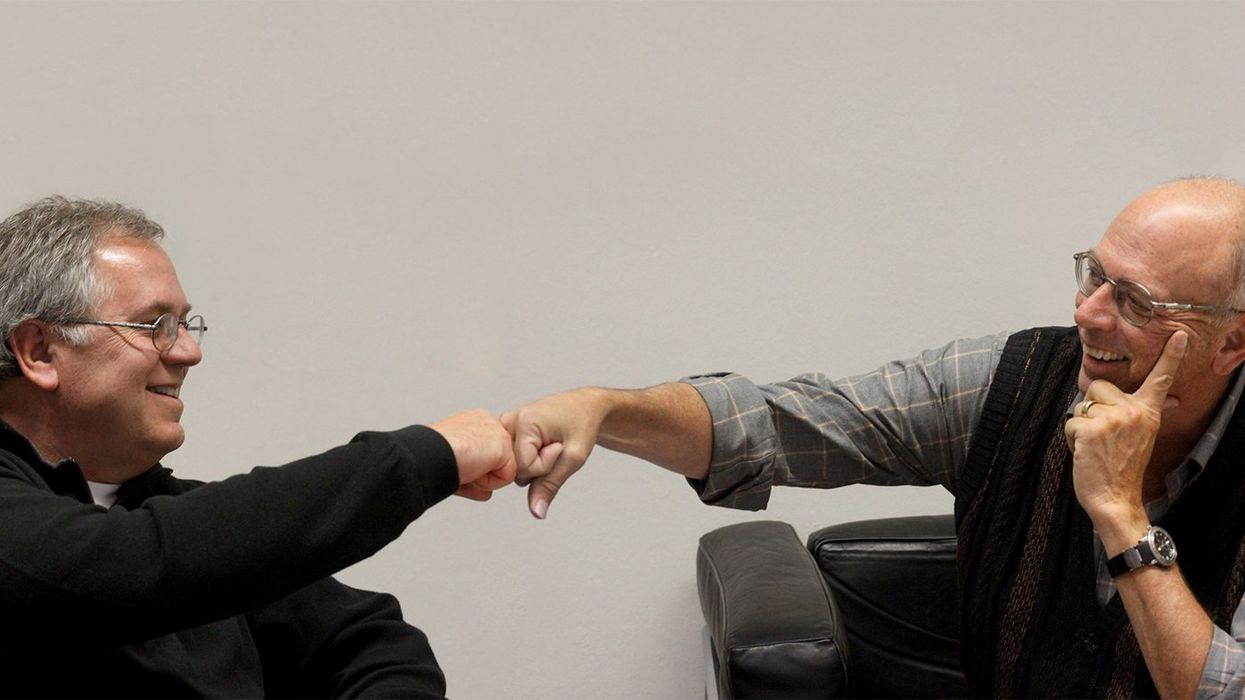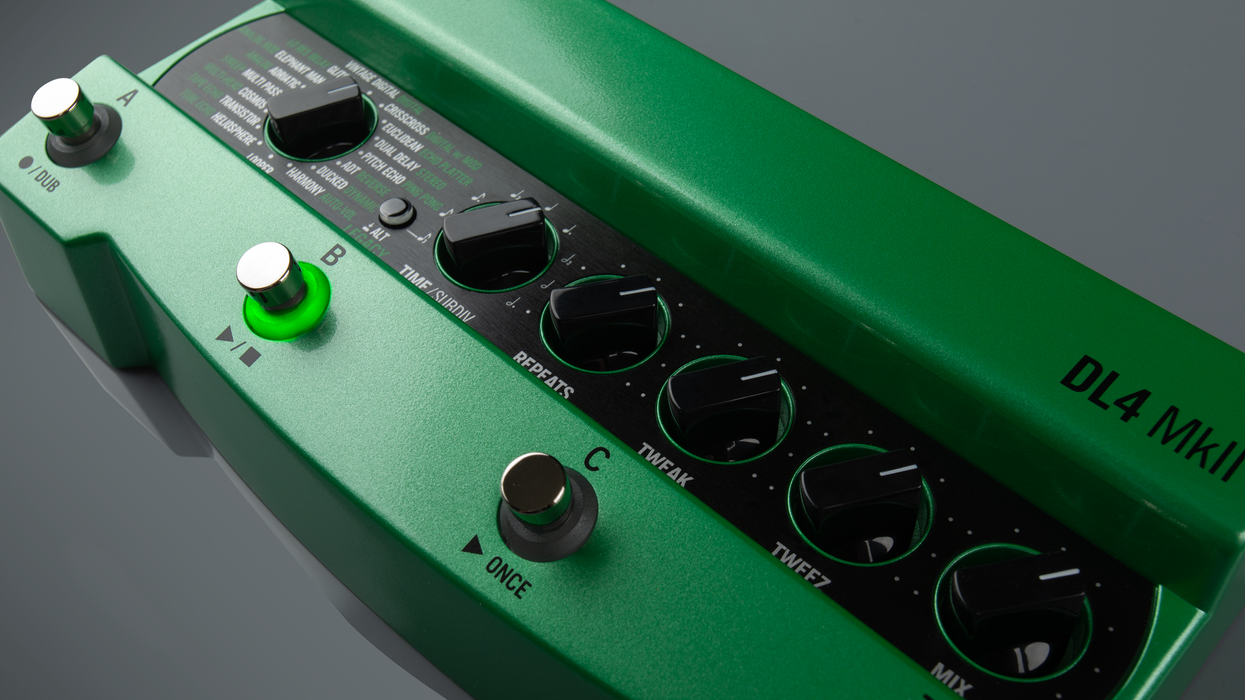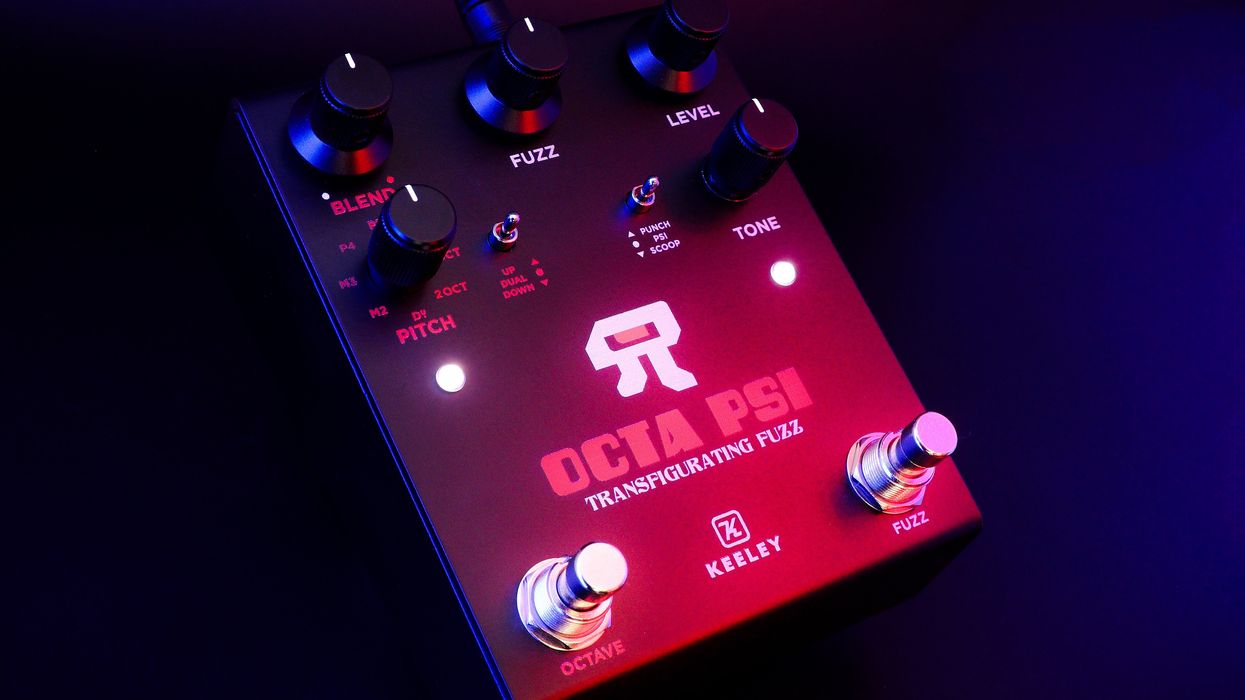Throughout 2024, Taylor Guitars is celebrating its 50th anniversary. This is not just a milestone birthday, but a tribute to the innovative spirit that has always driven the company forward.
American Dreamers
n 1974, Bob Taylor and Kurt Listug, two ambitious guitar enthusiasts from San Diego, embarked on a journey that would transform the world of acoustic guitars. They met at a guitar-making shop called the American Dream, and their passion led to the founding of Taylor Guitars.
The journey was challenging, and Bob and Kurt had a lot to learn. “Things were hard for a really long time,” Kurt recalls. “We had to learn everything. How to build guitars. How to sell guitars. How to build a business.”
Relentless Innnovation
Despite the steep learning curve, innovation was a core value from the beginning. In 1976, Bob Taylor introduced an early version of Taylor’s soon-to-be-famous slim-profile, bolt-on guitar necks. This design was a departure from the bulky neck profiles common at the time and made neck resets easier.
Musicians were impressed by the slender neck profile and low action, making Taylor’s guitars remarkably easy to play. Notable artists such as Neil Young, Prince, Dan Crary, and Leo Kottke have played Taylor guitars, contributing to their reputation.
Taylor was also the first acoustic guitar company to adopt computer-numerical-controlled (CNC) mills, introducing these machines in 1990 for precise cutting, pocketing, and shaping of complex guitar components.
The Birth of the Grand Auditorium
In 1994, Taylor introduced the Grand Auditorium, a body shape with refined dimensions between a Dreadnought and Taylor’s small-bodied Grand Concert. This versatile acoustic voice offered remarkable balance across the tonal spectrum, suitable for strumming, picking, and fingerstyle playing.
The Grand Auditorium’s medium-sized body redefined the acoustic guitar to better meet the needs of modern players. Its versatility made it a popular choice among session musicians and gigging players, becoming Taylor’s best-selling body shape.
To celebrate their 50th anniversary, Taylor is releasing a collection of limited-edition guitars that highlight the best from their line over the past five decades.
The all-purpose Grand Auditorium takes center stage in this commemorative collection.
Several models are now available at authorized Taylor dealers, including the 50th Anniversary Builder’s Edition 814ce LTD, 314ce LTD, and AD14ce-SB LTD.
Builder's Edition 814ce LTD
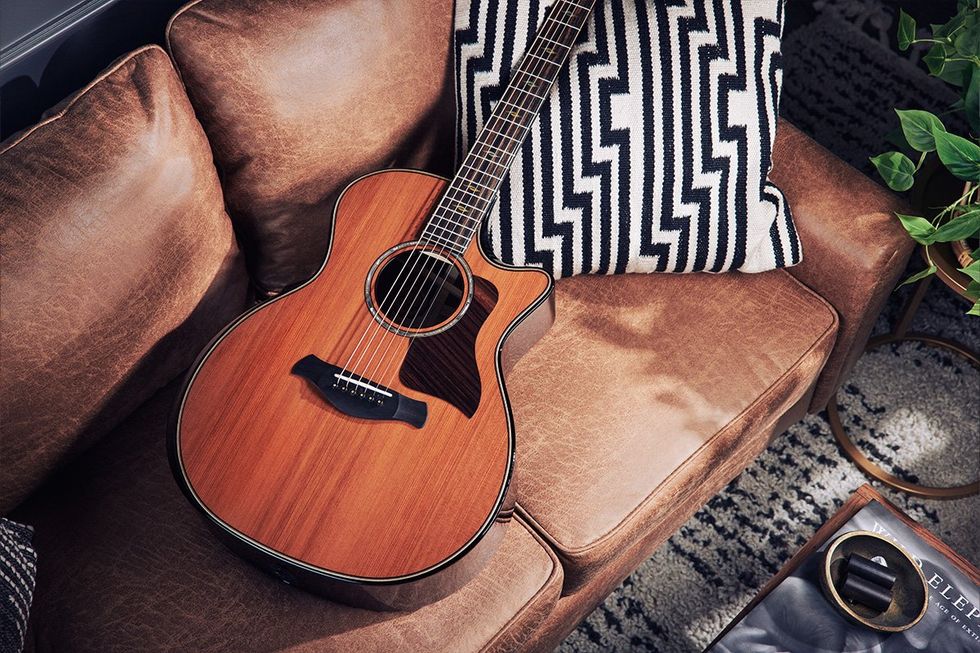
The 50th Anniversary Builder’s Edition 814ce LTD is an ultra-refined version of the popular Builder’s Edition 814ce (released in 2023). It retains comfort-enhancing elements from the original, such as a beveled armrest, beveled cutaway, chamfered edges, and a Curve Wing bridge. A solid sinker redwood top and solid Indian rosewood body offer a harmonious blend of rich lows, sparkling highs, bold projection, and dynamic range. Features include an abalone rosette, mother-of-pearl inlays, maple binding, maple purfling, and Gotoh 510 tuners.
Street Price: $4,999.
314ce LTD
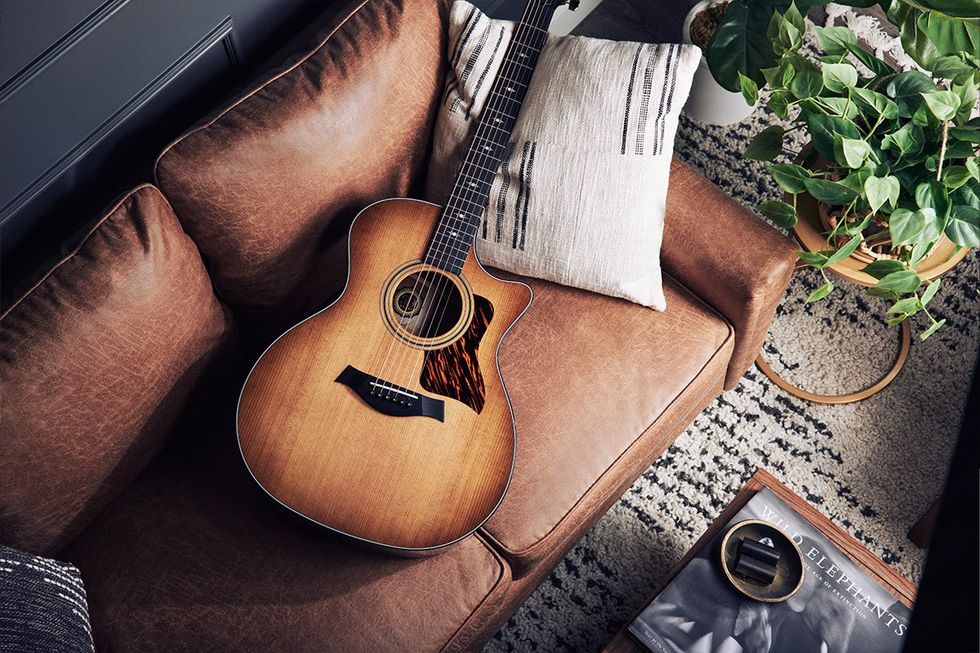
One of the best-selling U.S.-made acoustic guitars, Taylor’s 314ce gets a premium upgrade with the 50th Anniversary 314ce LTD. Taylor’s special roasting process has been applied to the solid Sitka spruce top, offering aged-in depth and sweetness from day one, along with enhanced soundboard stability and responsiveness. Paired with solid sapele back and sides, this guitar delivers a rich and versatile sonic profile with Taylor’s signature warmth, clarity, and balance. Eye-catching aesthetic touches include a tobacco shaded edgeburst and a bold firestripe faux-tortoise pickguard.
Street Price: $2,799.
AD14ce-SB LTD

The 50th Anniversary AD14ce-SB LTD combines workhorse versatility with neo-vintage aesthetics. Featuring a Sitka spruce top and walnut body, it offers a pronounced midrange with a balanced blend of warm lows and clear highs, ideal for fingerpicking and strumming. This model harks back to Taylor’s early guitars, many of which were built in the shop where Bob and Kurt met.
Street Price: $1,999.
All three Grand Auditoriums feature V-Class bracing, a groundbreaking sonic “engine” developed by Andy Powers, Taylor’s Chief Guitar Designer (and President and CEO). Andy, who joined the team in 2011, ensures that innovation continues to be a central focus.
Each guitar in the collection includes celebratory appointments, such as a commemorative 50th Anniversary label, ebony bridge pins with gold acrylic dots, and gold tuning machines and buttons.
You can explore Taylor’s full 50th Anniversary Collection of guitars here. All models are available exclusively at authorized dealers.
Plus, check out Taylor’s 50th Anniversary Timeline to learn more about the history of innovation and some of the amazing artists who have played their guitars over the past five decades.
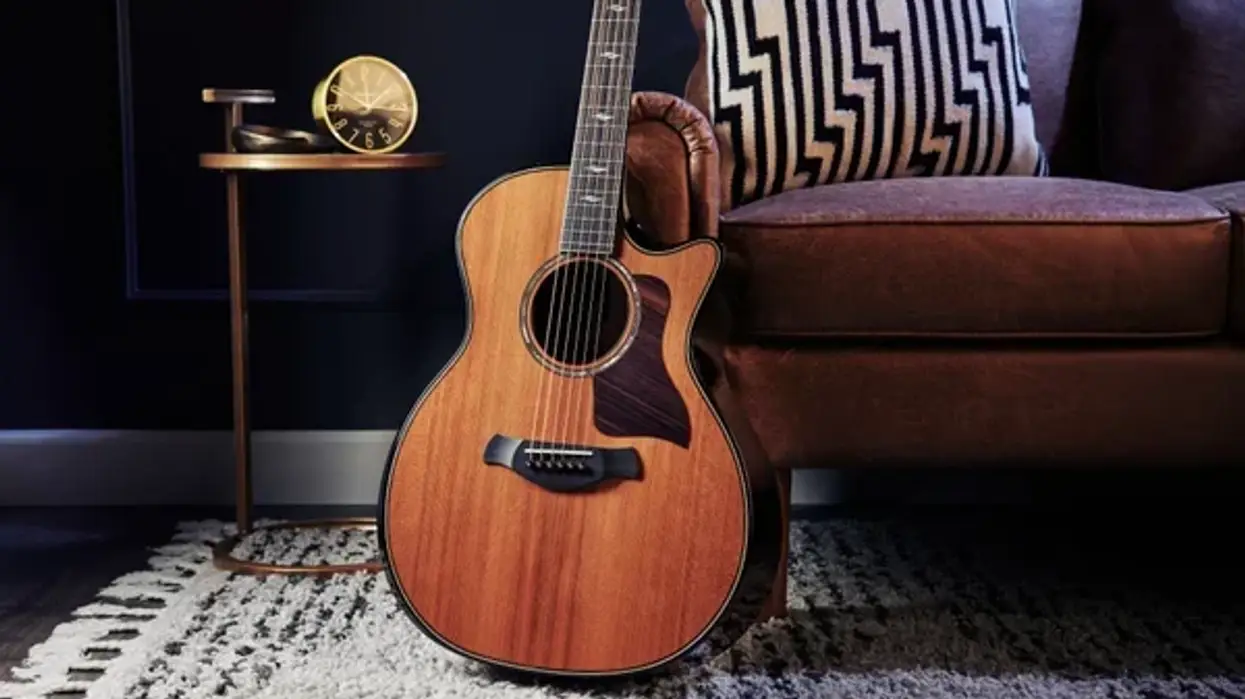

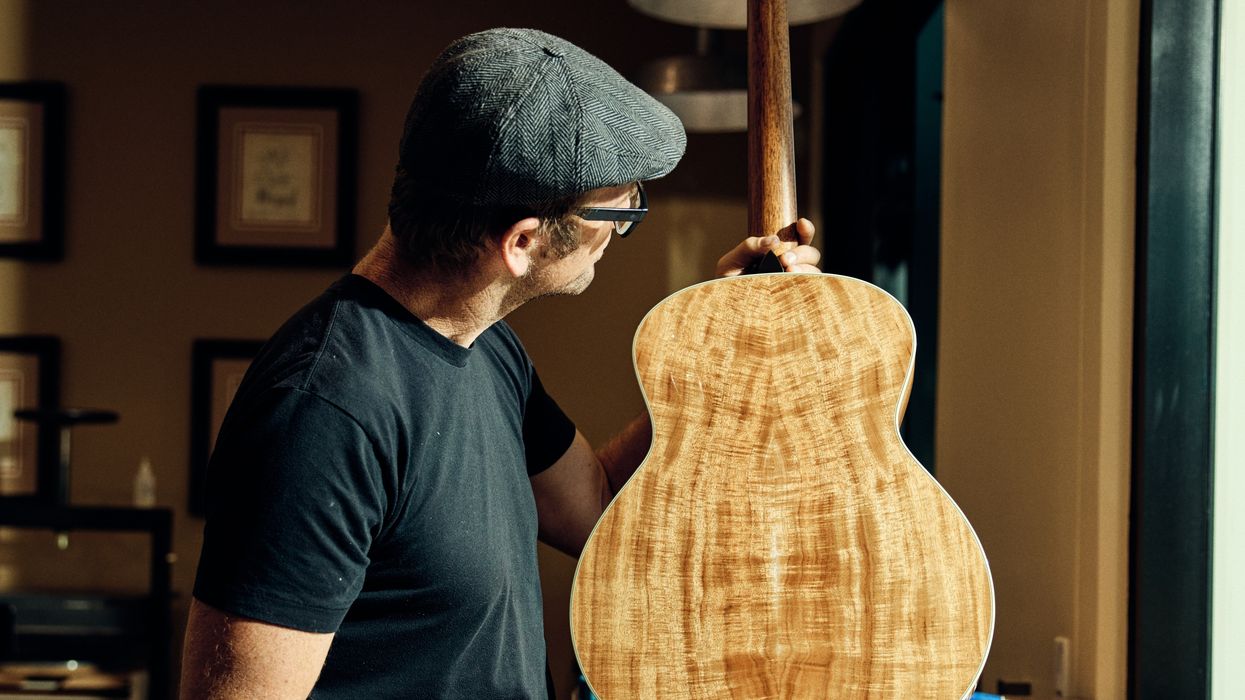


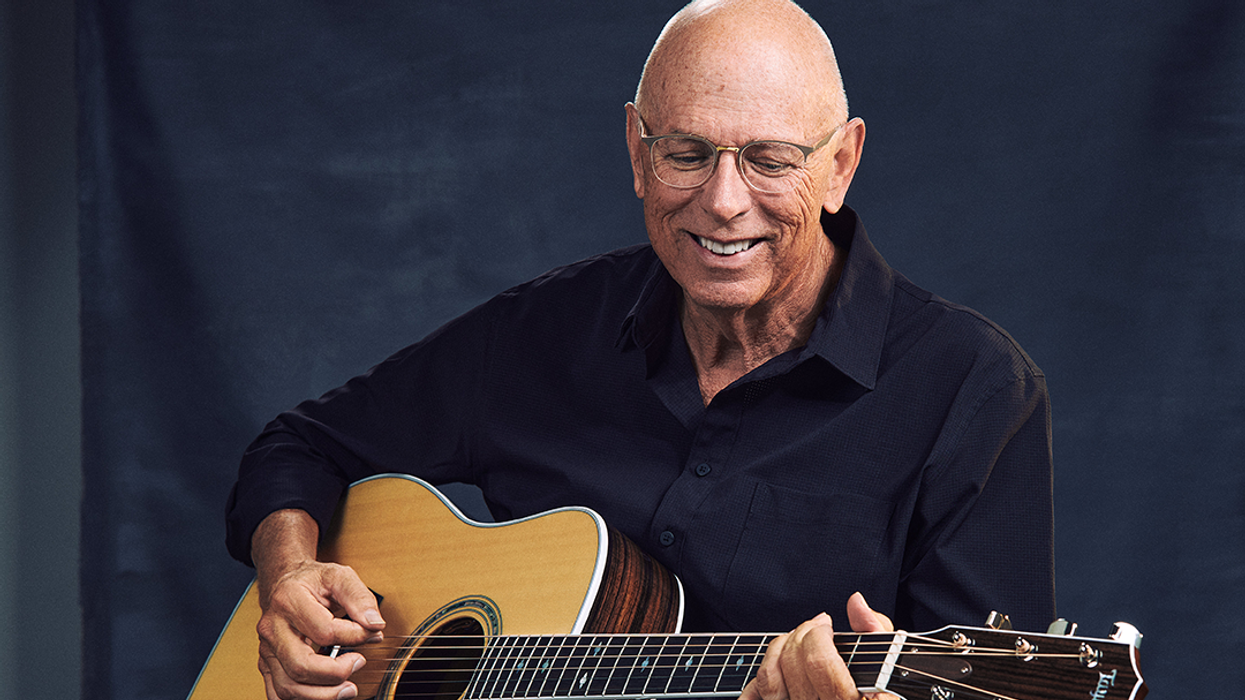





![Rig Rundown: AFI [2025]](https://www.premierguitar.com/media-library/youtube.jpg?id=62064741&width=1245&height=700&quality=70&coordinates=0%2C0%2C0%2C0)

![Devon Eisenbarger [Katy Perry] Rig Rundown](https://www.premierguitar.com/media-library/youtube.jpg?id=61774583&width=1245&height=700&quality=70&coordinates=0%2C0%2C0%2C0)



